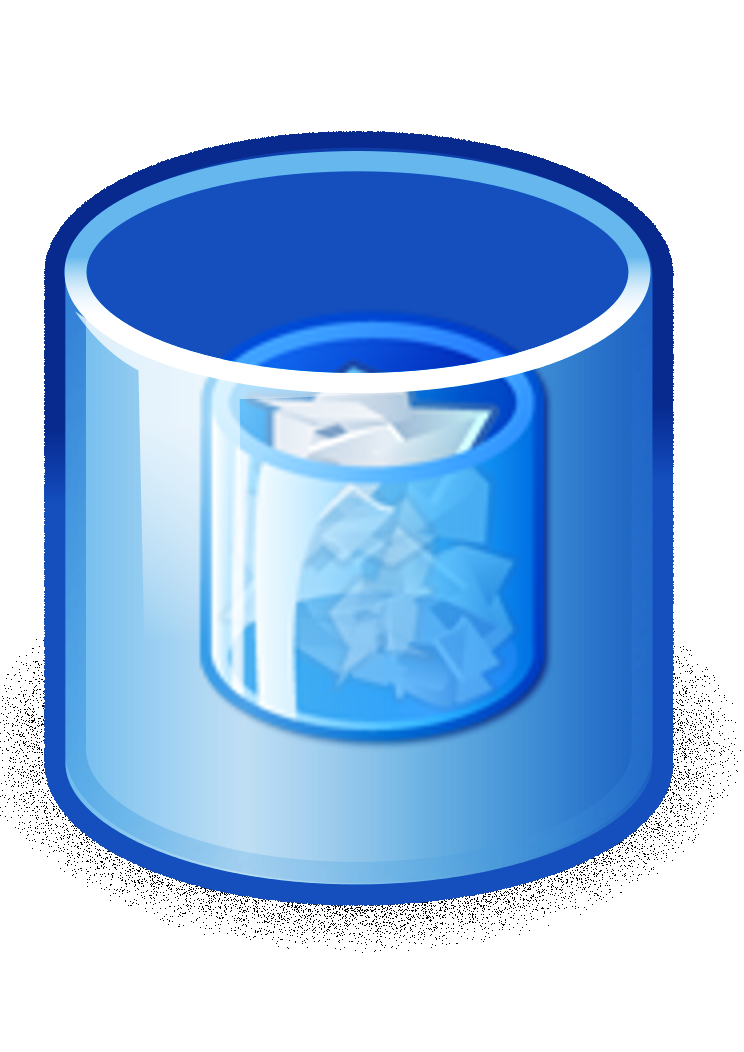Issue History
by in Feature Articles on 2014-08-28Ladies and gentlemen: the story you are about to read is true. Only the names have been changed to protect the innocent. The guilty are too obtuse to recognize themselves in the story, even if their names hadn't been changed.
Playing the part of Alex in this story is you. Your current employer is a stock fund. Your current engagement: to work on FLASH, the in-house developed stock trading system. That's 'stock', the financial instrument, not 'stock', the live kind you find on farms.

 Jul 14
Jul 14


